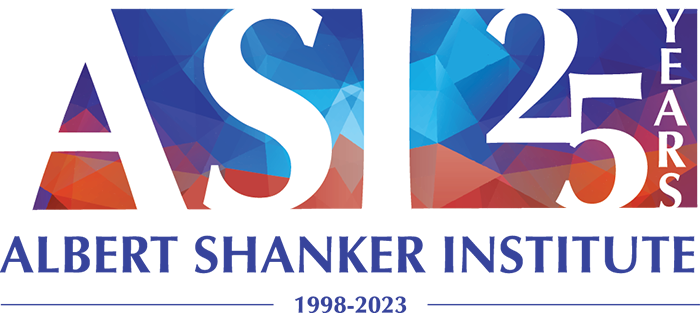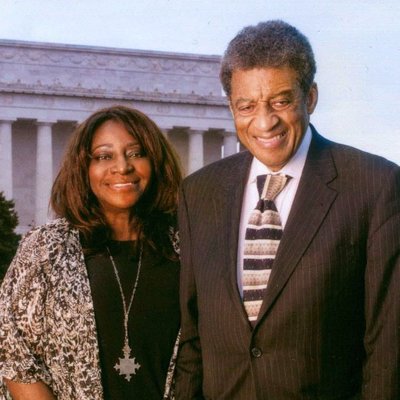The Citizen’s Republic: Power From the People
Our guest author Erica McPheeters works with the Human Rights Campaign as a consultant and social advocate, focusing on equity, LGBTQ+ rights, and community empowerment.
The Great Rejection
Almost two hundred fifty years ago, the original American colonies decided to pursue the right to freedom. Before freedom came the king. This decision has not only changed the trajectory of human governance, but has influenced every aspect of American ideals for almost two hundred fifty years. By denying the proposed divine right of kings and embracing one of the most important concepts of the United States: democracy. This decision embedded certain principles into the legacy of this country. Power derives from the people and cannot be substituted with birthright or conquests. The United States’ shift from a monarchy to a democracy redesigned the future of the entire world while creating a new reality between the government and citizens.
At the inception of our democracy, colonists were not only displeased with a monarchy government, but }"
they were concerned with addressing the greater system that subjected individual citizens to a lack of rights, privileges, and freedoms. Absolute power implies the exclusive role of leaders in making decisions for the masses. Where there is a king, there are only subjects, not citizens. When the thirteen colonies declared independence, it represented the reclamation of all freedoms that humans deserve. They broke away from a deep-rooted history of accepting the inevitable rulership of kings. The Founders of the United States saw something greater for the future of this country. They pictured a republic where power can be held accountable. In this democracy, power is the responsibility of us all. It is now the responsibility of Americans to preserve and protect the democracy the Founders and colonists curated for us.
The Path from Subjects to Citizens
The transformation from colonial subjects to democratic citizens was a relentless fight. Through decades of struggle, compromise, and refinement, the United States was able to form and assert our guiding values— life, liberty, and the pursuit of happiness. These democratic ideals forged through historic events included the Boston Tea Party, the Continental Congress, and the fierce revisions of the Constitution. In these critical moments, Americans consistently chose self-governance over a king.
However, democracy requires more than the absence of a king. The framers of the Constitution understood this well and formulated institutional safeguards against the concentration of power. The checks and balances, branches of government, and federalism system creates a division between any individual or group from gaining control of this democracy. In fact, the Bill of Rights aims to ensure these safeguards by protecting individual freedoms from the reach of the government, despite political pressure or opinion.

